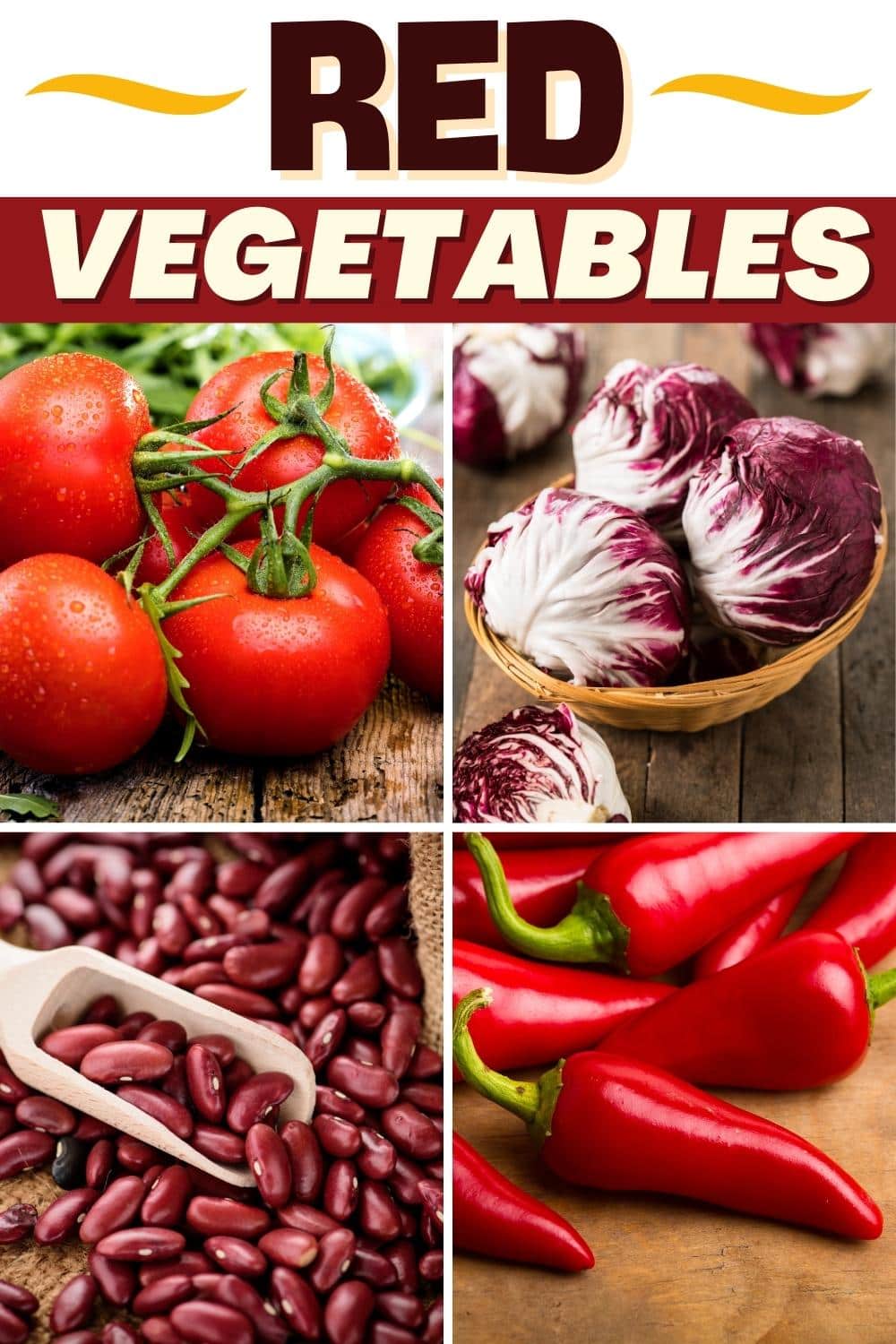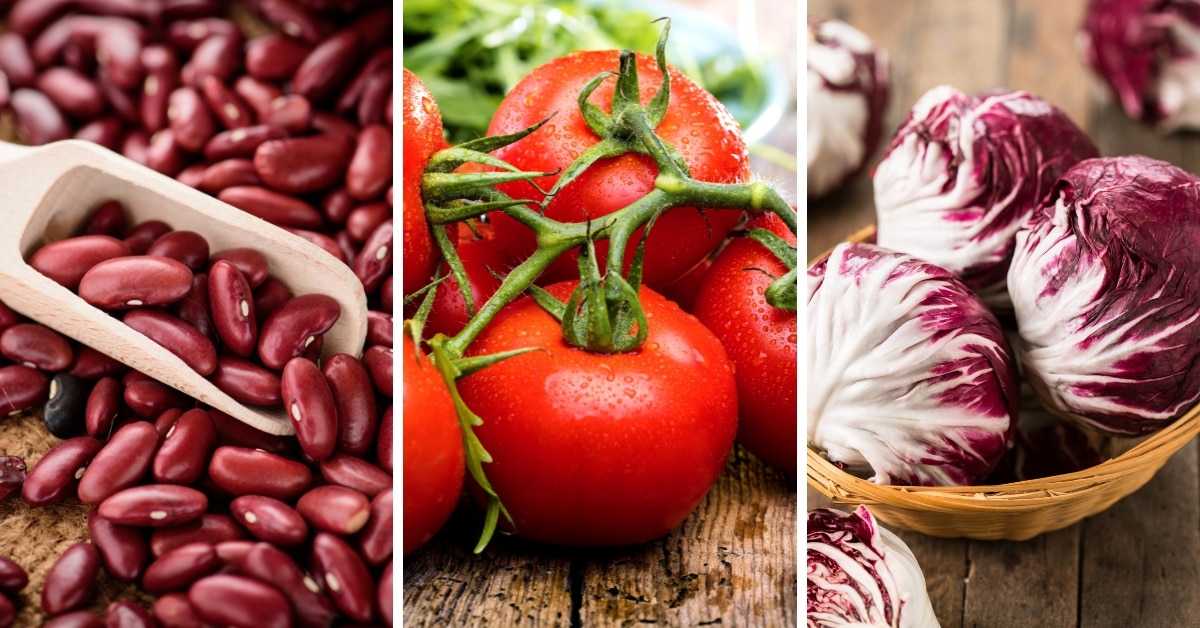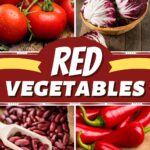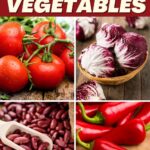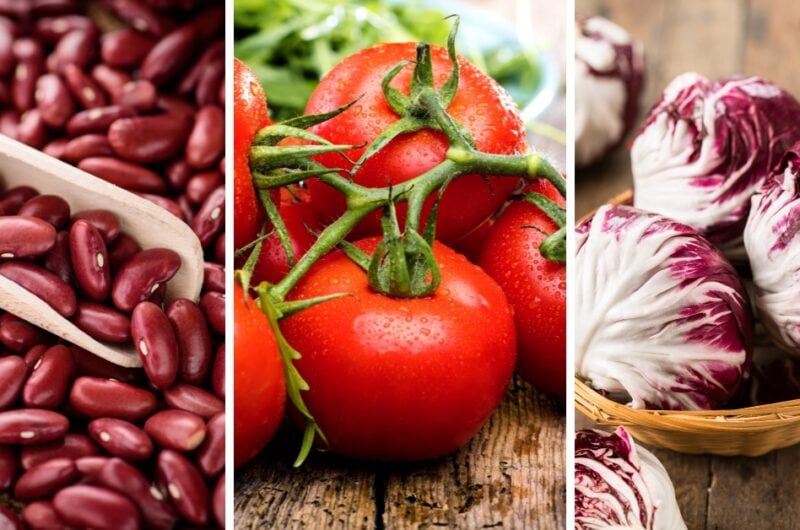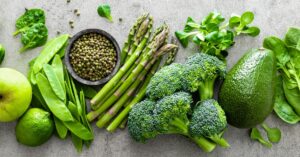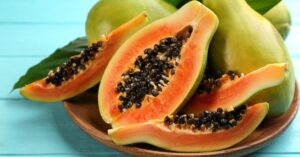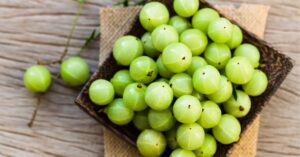Red vegetables are much more than a colorful flourish in side dishes and main courses.
They earn their fantastic red hue from an antioxidant called lycopene, which has many health benefits.
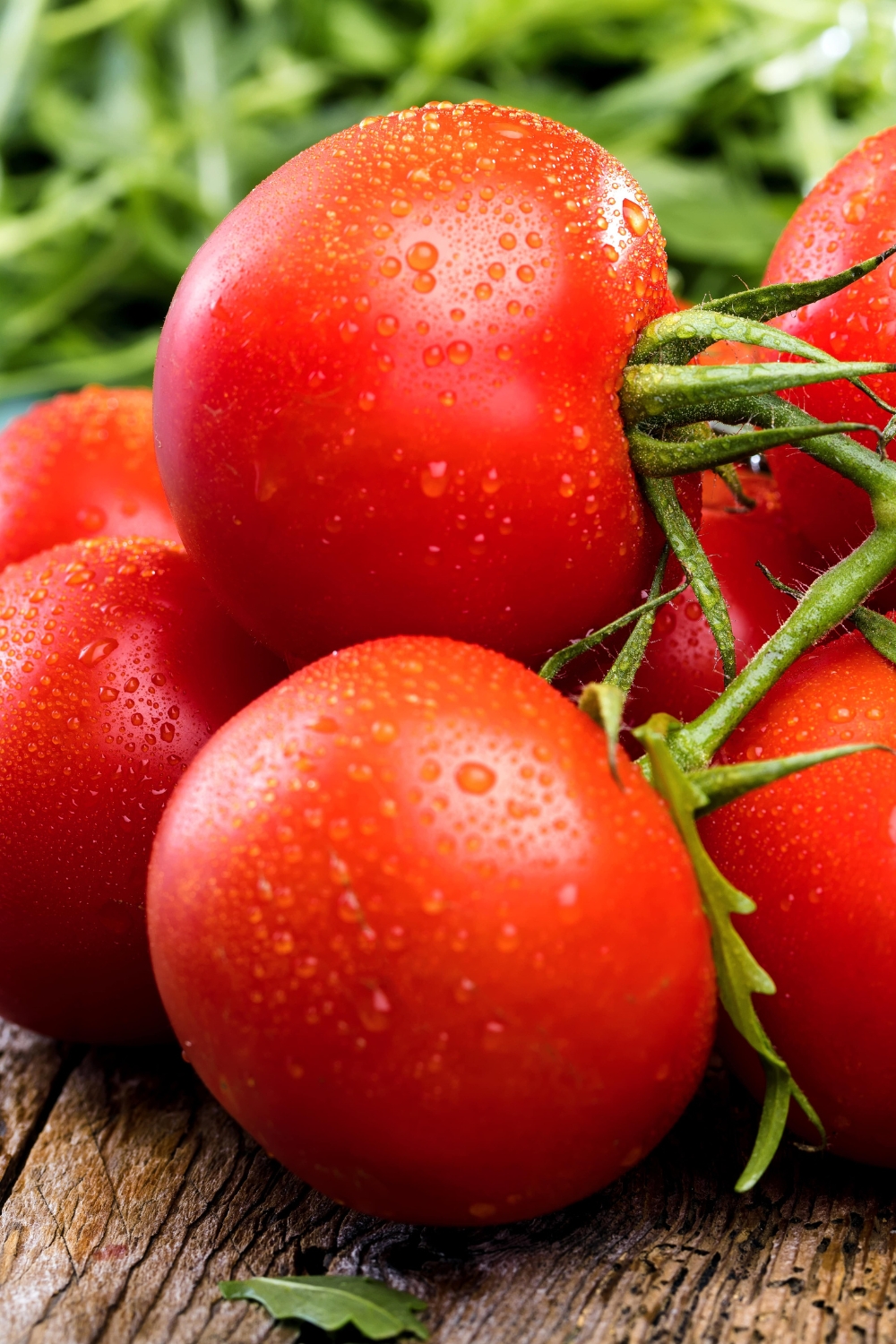
These include fighting infections and reducing the risk of heart disease.
So adding a few red vegetables to your weeknight meals can help boost your immune system.
They also promote a healthy complexion and keep your weight in check.
And from crispy radishes and hearty red lentils, there’s plenty to choose from.
13 Best Red Vegetables
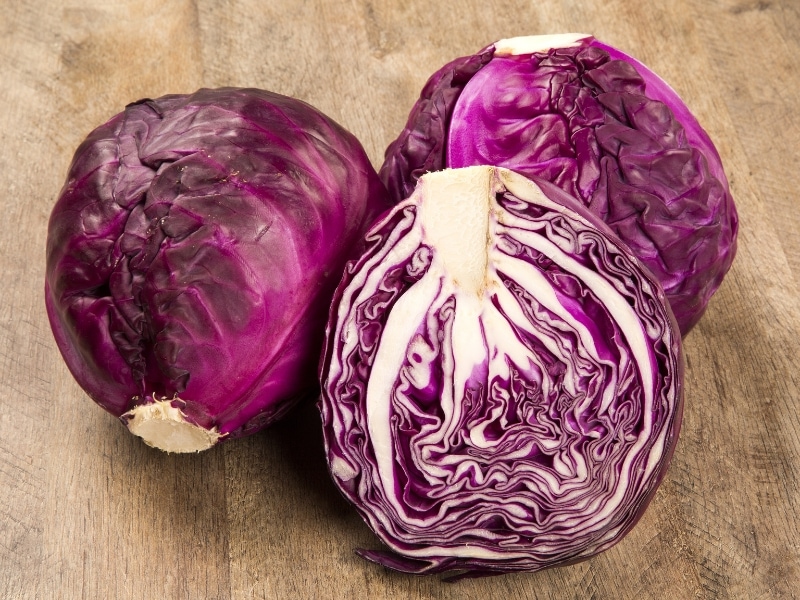
1. Red Cabbages
If I were hanging out awards for the best red veggie, red cabbage would take home that blue ribbon.
Not only is it stunningly pretty and versatile, but it’s also packed with nutrition.
While it contains healthy antioxidants like anthocyanins, it also boasts an impressive dose of Vitamin K, as well as fiber, to boost digestion.
As a super versatile veggie, it tastes great consumed raw in dishes like salads and cole slaw.
It also cooks up wonderfully in stir-fries or German cabbage dishes.

2. Red Bell Pepper
Red bell peppers are another one of those veggies that work great in raw or cooked dishes.
Of all of the red veggies making this list, red bell peppers earn the highest source of Vitamin C.
They help keep your immune system strong, which is perfect for this flu season.
One bell pepper only has around 40 calories. It’s perfect in a vegetable salad, tossed onto a pizza, or used in spicy fajitas!
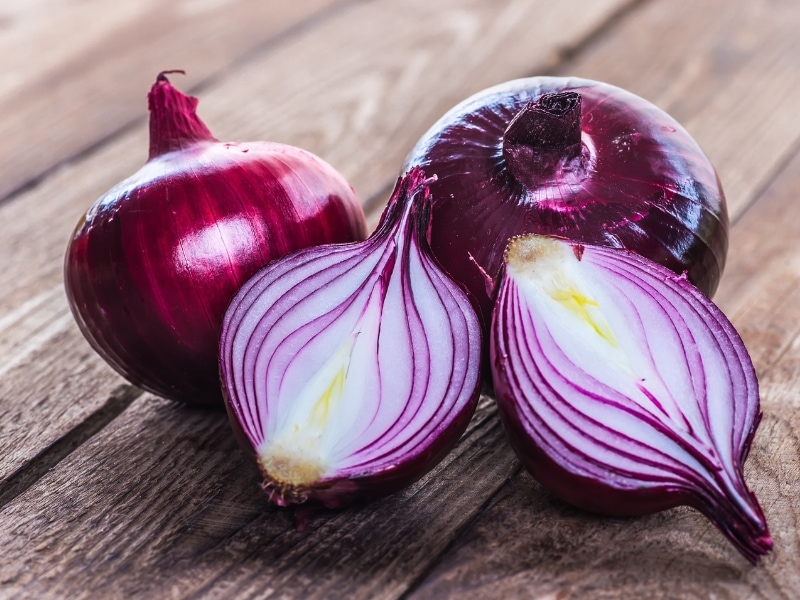
3. Red Onions
Looking for a good boost of antioxidants and reducing inflammation?
Then look no further than the humble red onion.
The antioxidant quercetin in red onions works overtime to reduce inflammation.
Another compound found in onions, onionin (which is not a very clever name), can reduce the growth of cancerous tumors.
Red onions are potent, so they are best used in cooked dishes to add color, flavor, and just a hint of sweetness.
If you want to eat them raw in a salad or a sandwich, slice them thinly.
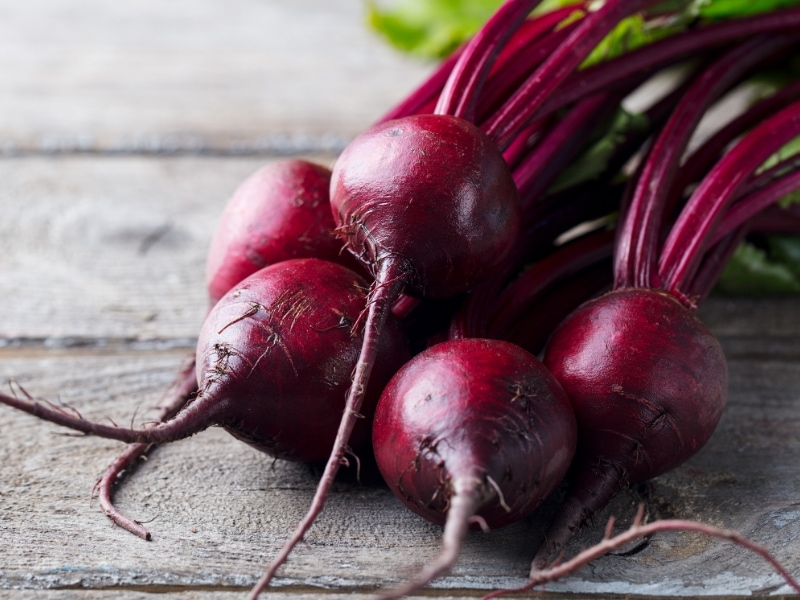
4. Beetroot
I could go on for days talking about the health benefits of beetroot.
Beetroot has the highest antioxidants of all the red veggies on this list.
Anthocyanins, for instance, help fight inflammation, infections, heart disease, and obesity.
In addition to antioxidants, beetroots are also rich in vitamins and minerals.
One serving of beetroot provides a healthy dose of folate, Vitamin B, iron, potassium, folate, fiber, vitamin C, and nitrates.
Some studies suggest that eating beetroot can make you a better runner.
High in protein, potassium, and folate, beetroot improves blood flow and increases your endurance.

5. Rhubarb
Rhubarb has a stunningly red color and very tart, mouth-puckering sour notes.
Even though it’s used in desserts, this unusual veggie packs just as much nutrition as other veggies on this list.
Rhubarb is rich in vitamins and minerals such as vitamin C, vitamin K, calcium, and potassium.
The next time you whip up a rhubarb pie, keep the sugar content low.
Rhubarb is healthy, but you don’t want to cancel out the health benefits with all that sugar!
If you are on the hunt for a rhubarb recipe that isn’t pie-related, try throwing it into a curry or a pan-roasted chicken and rhubarb bake.
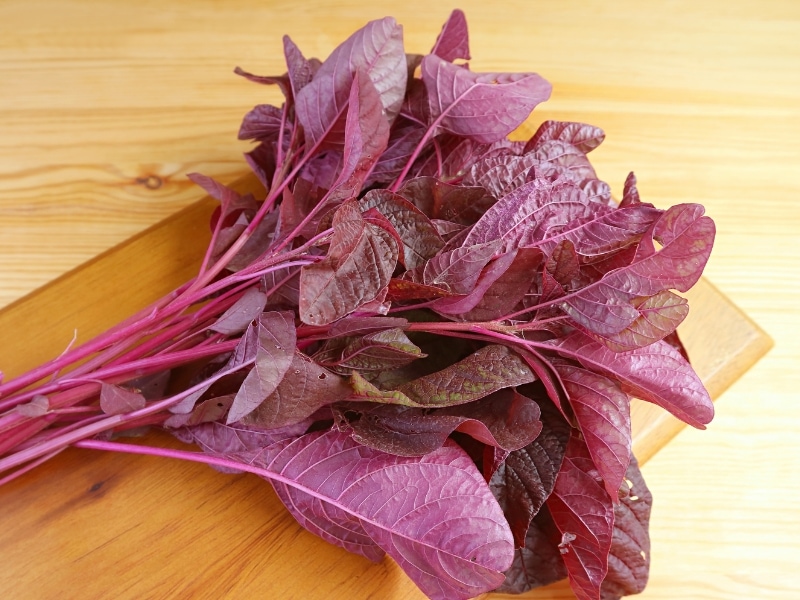
6. Red Spinach
While they share a similar name, red spinach and spinach are unrelated.
Red spinach is crisp with a kick of earthy and sweet notes.
It’s excellent in a salad or on a sandwich and packs a wallop of a nutritional punch.
The most notable benefit of red spinach is that it helps promote healthy, glowing skin.
What other salad ingredient can say that?
The higher levels of antioxidants help keep you hydrated, giving your skin a healthy glow.
In addition to a high level of antioxidants, red spinach also contains a healthy dose of phytochemicals, vitamins, and minerals.
It helps boost your immune system and makes you feel better.
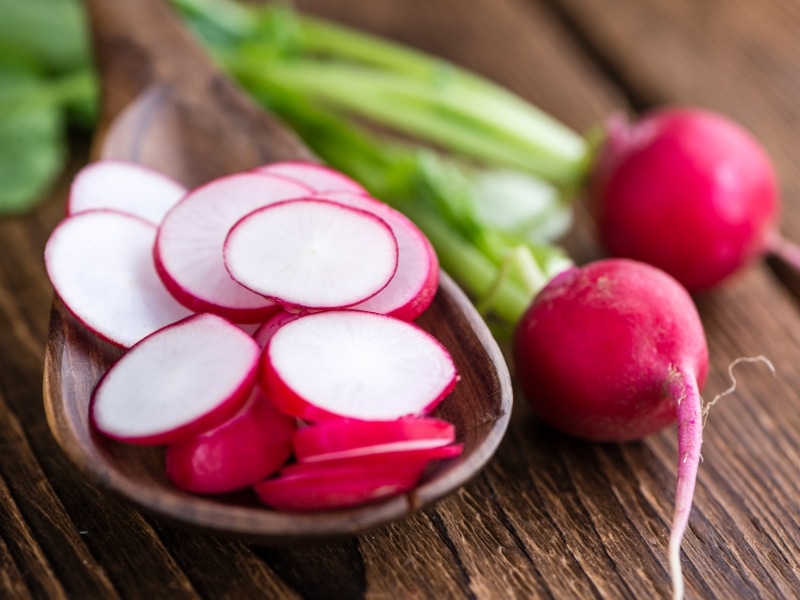
7. Radish
They’re a crunchy, peppery, tangy, and seriously underrated veggie.
The humble radish is a nutritional powerhouse with a stunning red exterior and crisp white insides.
As far as calories are concerned, radishes give you the biggest bang for your buck.
A cup of radishes has only 18 calories! They’re high in vitamins and minerals such as vitamin C, potassium, folate, and fiber.
The high fiber content helps keep you fuller longer, and the high level of nutrition in one cup makes you feel like your best.
The next time you want to fight off that mind-afternoon crash, add some radishes to your salad!
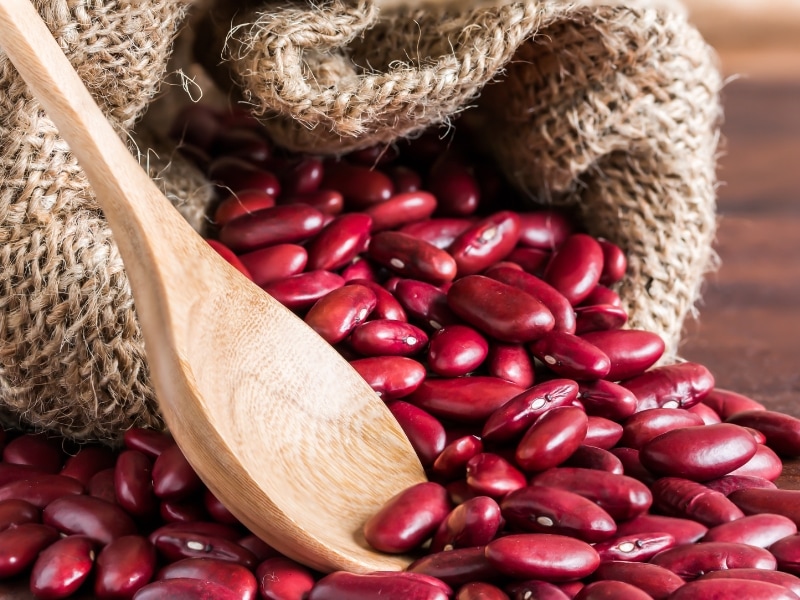
8. Red Kidney Beans
If you are on the hunt for a veggie to help on your weight loss journey, look no further than the humble red kidney bean.
It has a meaty texture and offers a high protein and fiber, perfect for weight loss.
Red Kidney beans will help you feel full (to keep you from snacking).
They also boast high levels of beneficial vitamins and minerals.
They provide a daily dose of iron, potassium, phosphorus, and phytonutrients.
Don’t forget the red kidney beans the next time you whip up a soup or chili!
They’re high in protein, which makes them a great red meat replacement, and low in saturated fat.
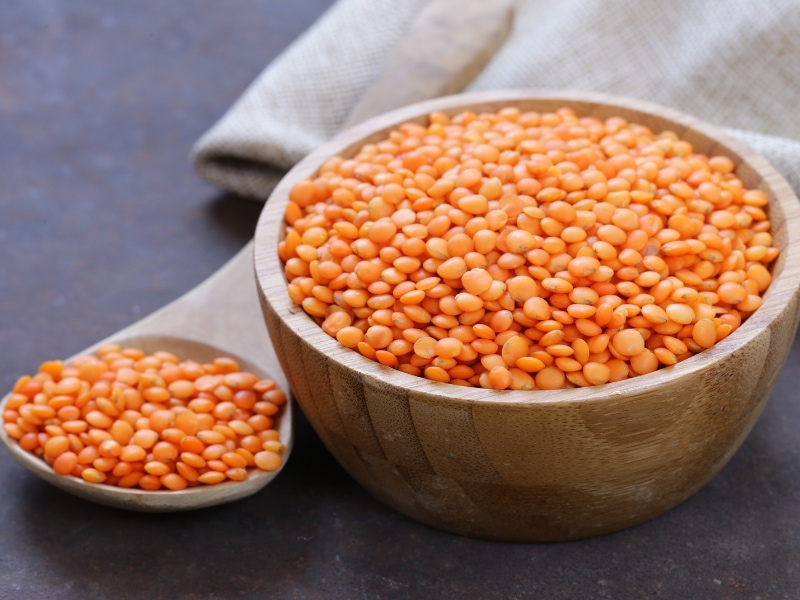
9. Red Lentils
Red lentils are a staple in Indian cooking and deliver much more than a meaty texture and bright red colors.
One serving of red lentils is a great way to hit your daily B-Vitamin quota.
Vitamin B supports a healthy immune system and brain health.
In addition to Vitamin B, red lentils are also high in fiber and protein.
Swapping red lentils for meaty main courses helps keep calories low, and the high fiber keeps you full.
Adding red lentils is perfect for those trying to maintain a healthy weight.
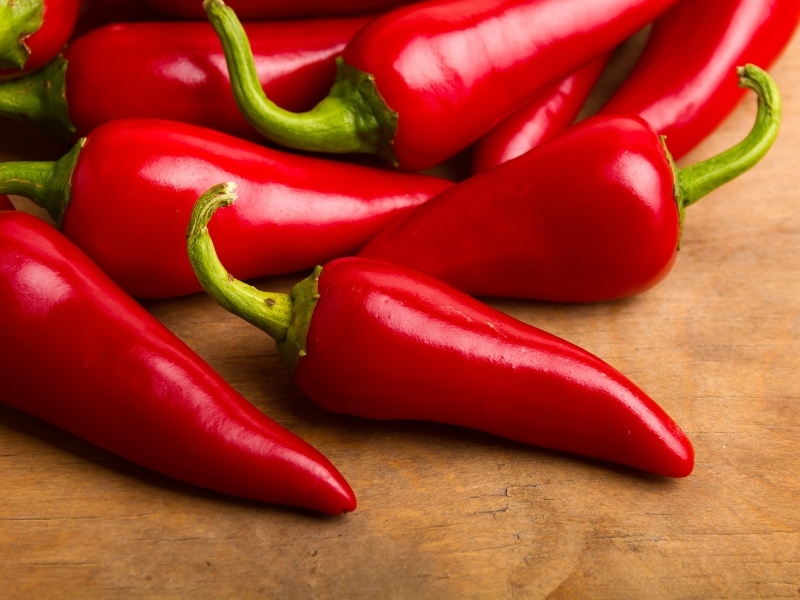
10. Red Chili Peppers
Looking to add a little spice to your life? Spicy foods might make your tongue burst into flames.
But the capsicum in red chili peppers helps fight off inflammation. I know, it doesn’t make much sense. But it’s true!
While the capsicum in red chili peppers is its claim to nutritional fame, it’s not the only health benefit.
Red chili peppers are also high in vitamin C, magnesium, vitamin A, and copper.
A modest dash of red chili pepper might make your mouth feel like it’s on fire, but your body will thank you.
The next time you make fajitas or whip up a pot of chili, add some red chili peppers and let them work their magic.

11. Tomatoes
Tomatoes: they are everywhere!
The humble tomato is a real workhorse from marinara, chili, soup, salads, sandwiches, and stews.
And that’s a good thing because tomatoes are a nutritional powerhouse.
The humble tomato packs a potent dose of lycopene (which gives it its beautiful red coloring), reducing your risk of cancer and heart disease.
It’s also composed of 95 percent water, which helps you stay hydrated and boosts your skin’s healthy radiance.
The other five percent of the tomato packs essential vitamins and minerals such as potassium, vitamins B, and vitamin E.
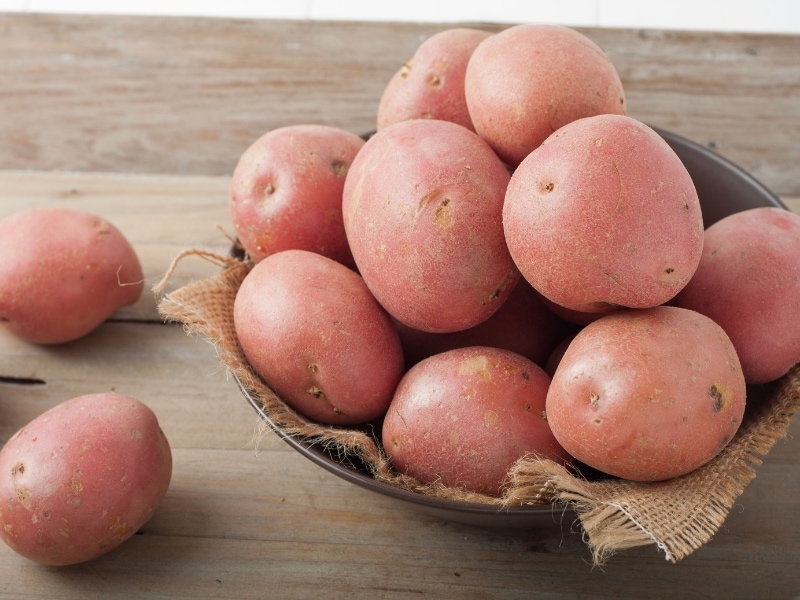
12. Red Potatoes
The next time you want to whip up potatoes for dinner, try red potatoes instead.
Unlike yellow potatoes, red potatoes are high in phytonutrients.
It’s what gives red potatoes their unique coloring. Phytonutrients can lower the risk of heart disease and certain cancers.
However, all those health benefits are lost if you peel your red potatoes.
Ensure that you keep the skin on since that’s where all the nutrients hide!
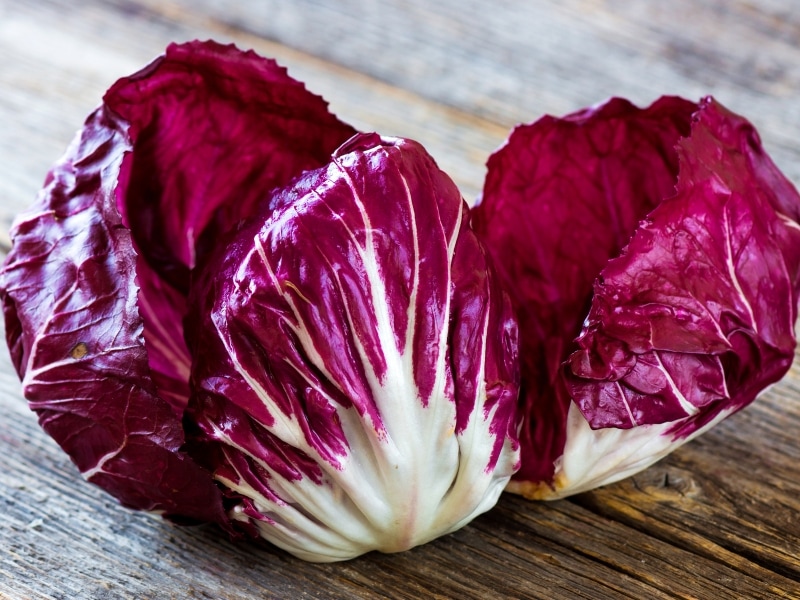
13. Radicchio
Give leafy greens the night off, and try radicchio instead.
It boasts a beautiful red and white coloring and a unique bitter and sharp flavor that makes Italian dishes sing.
Radicchio is an excellent choice if you need a veggie to keep your weight in check.
It’s high in dietary fiber inulin which keeps you full and helps you burn calories.
While it contains a good dose of Vitamin C, zinc, copper, iron, and other essential minders, Vitamin K is its claim to fame.
A cup of radicchio offers more than your daily dose of vitamin K.
